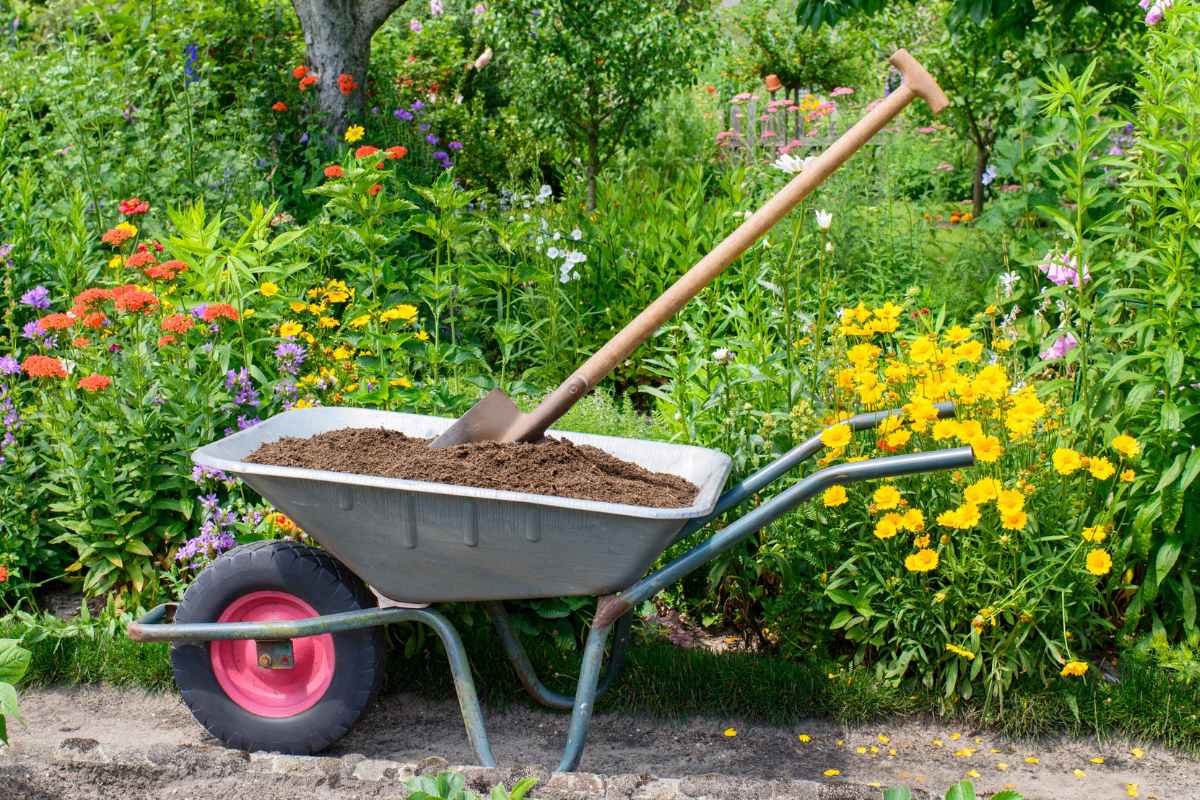
Fertilizing Your Garden: The Basics You Need to Know
Plants need the right amounts of nutrients to thrive, grow and produce. Sometimes, the soil needs a little extra help to provide plants with all the nutrients they are craving. Fertilizers, although helpful, are not a must-have for the garden, think of them as vitamins for your plants. When you are looking for a boost in production, or to give your plants a little leg up, fertilizing your garden is an excellent way to give your plants a helping hand. Being knowledgeable in garden fertilizer numbers, n-p-k ratios, and the best compost and manures is a great start to get you on your way to enhancing your garden’s productivity!
Table of Contents
What is Fertilizer?
Fertilizer is a substance added to soil to increase its fertility and provide essential nutrients for plant growth. It is typically composed of nitrogen, phosphorus, potassium, and other elements that plants require to grow and produce vibrant flowers, healthy fruits, vegetables, and lush garden greenery. Fertilizers can be applied in different forms such as granular fertilizer, liquid fertilizer, or slow-release fertilizer. Using fertilizer in your garden helps to improve soil minerals, promote healthy root development, and provide essential nutrients for plants. Additionally, fertilizer can help to reduce the need for additional soil amendments or soil improvements. By using fertilizer regularly and properly, you can ensure that your plants receive the necessary nutrients they need to thrive and produce high-quality fruits, vegetables, and blooms! Furthermore, fertilizer can feed the garden microbes that break down organic matter to make the nutrients accessible to the roots.

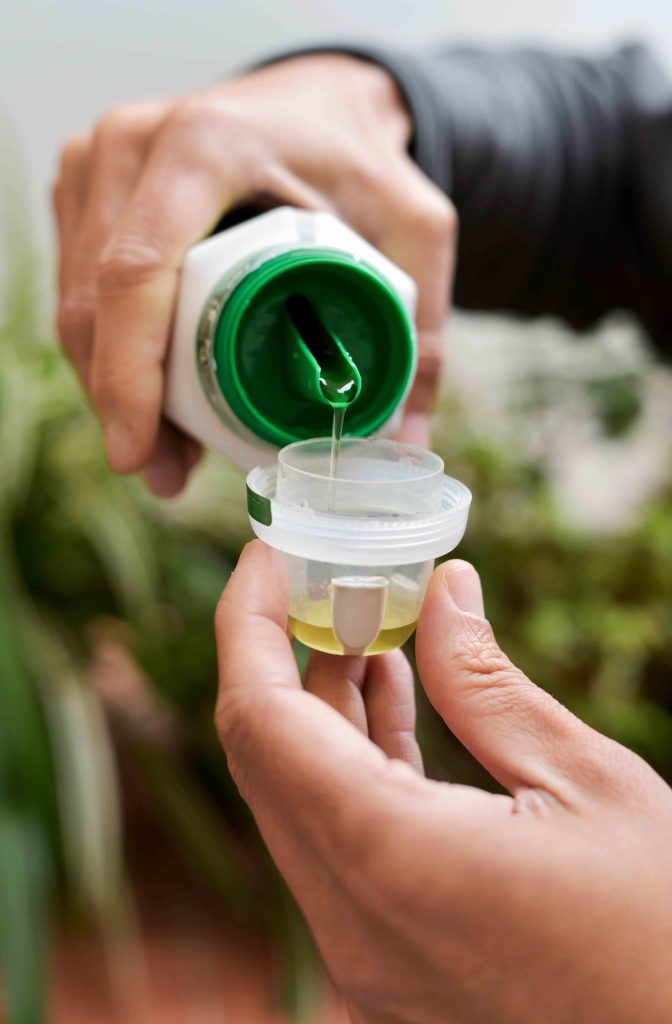

Organic Fertilizer vs. Chemical Fertilizer
There are different kinds of fertilizers you can use for your garden. You can choose to purchase chemical fertilizers from your local garden centre. Chemical fertilizers, also known as commercial or non-organic, are formulated to deliver nutrients to your plants. Chemical fertilizers can be easy to use, fast acting, and quickly provide nutrition to plants in need. There are a few disadvantages to using chemical fertilizers, for example, the dynamic range of nutrients can be limited. Liquid fertilizer may not have all the micronutrients that the shrubs and perennials grown in containers may need. With liquid chemical fertilizers, the benefit to your garden can be short-lived, it is easier to overfertilize, and they do not improve your soil structure in the long run. However, despite the negatives of chemical fertilizers, they are still a worthwhile solution to provide quick and easy nutrients to your plants.


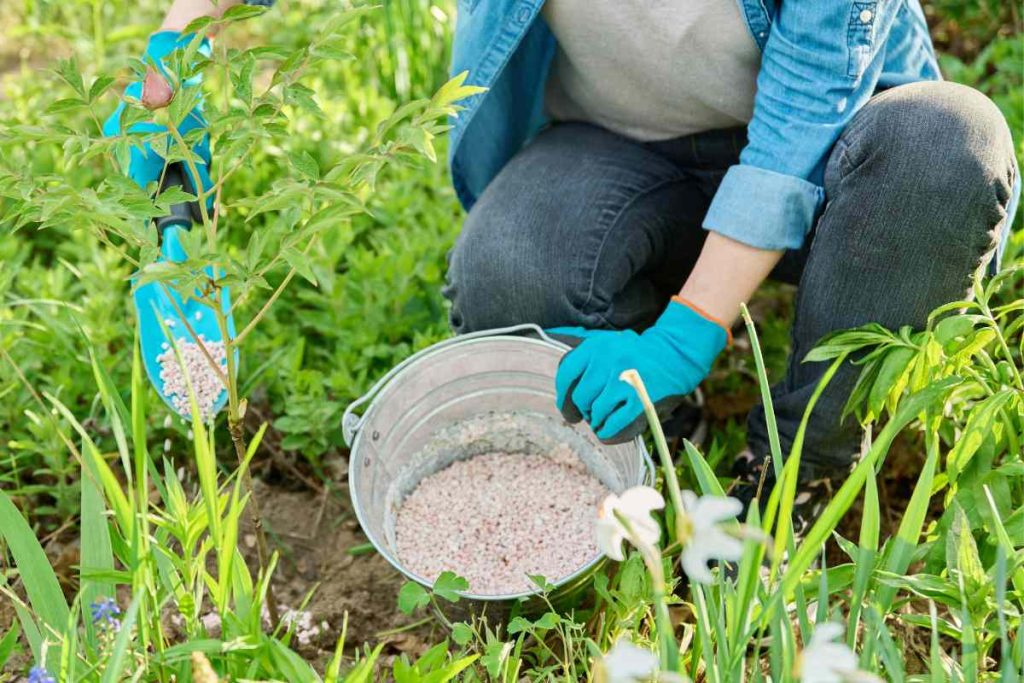
Many gardeners are now opting for organic gardening. Natural fertilizers are sourced from organic materials such as animal, plant, or mineral origins. They are slower-acting fertilizers for plants to absorb. Unlike chemical fertilizers, soil microbes need time to break down the organic material to garner nitrogen, phosphorus, potassium, and other minerals. Gardeners will need a bit more patience to see results from organic fertilizers. Types of organic fertilizers include bone meal, blood meal, manure, compost tea, and compost. Organic fertilizers can be more expensive than chemical options, but they do stick around longer and improve the soil quality.
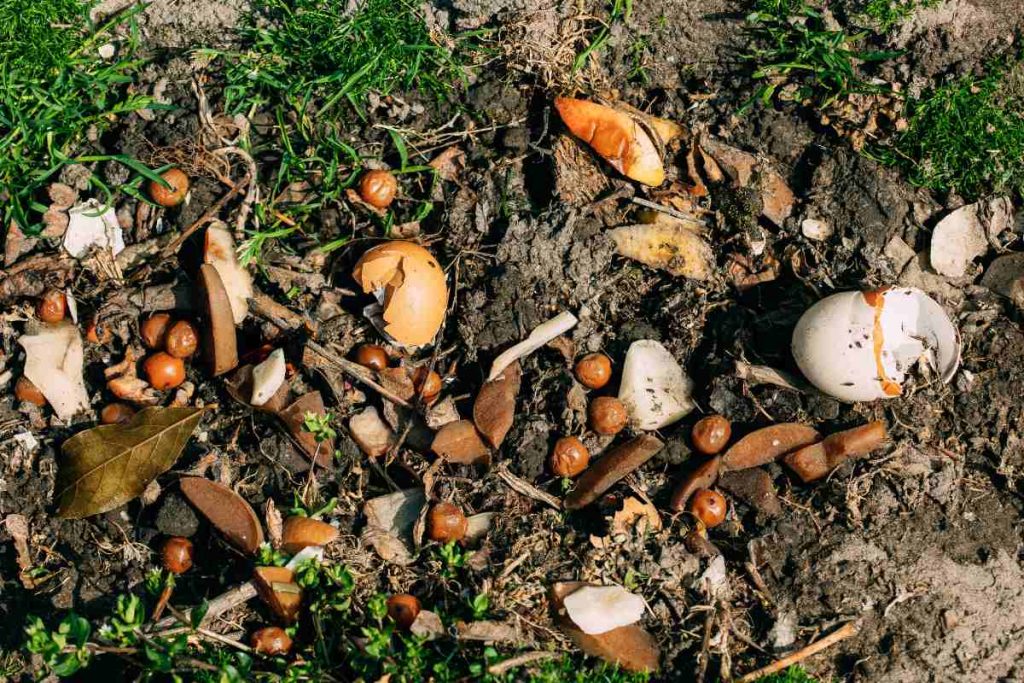
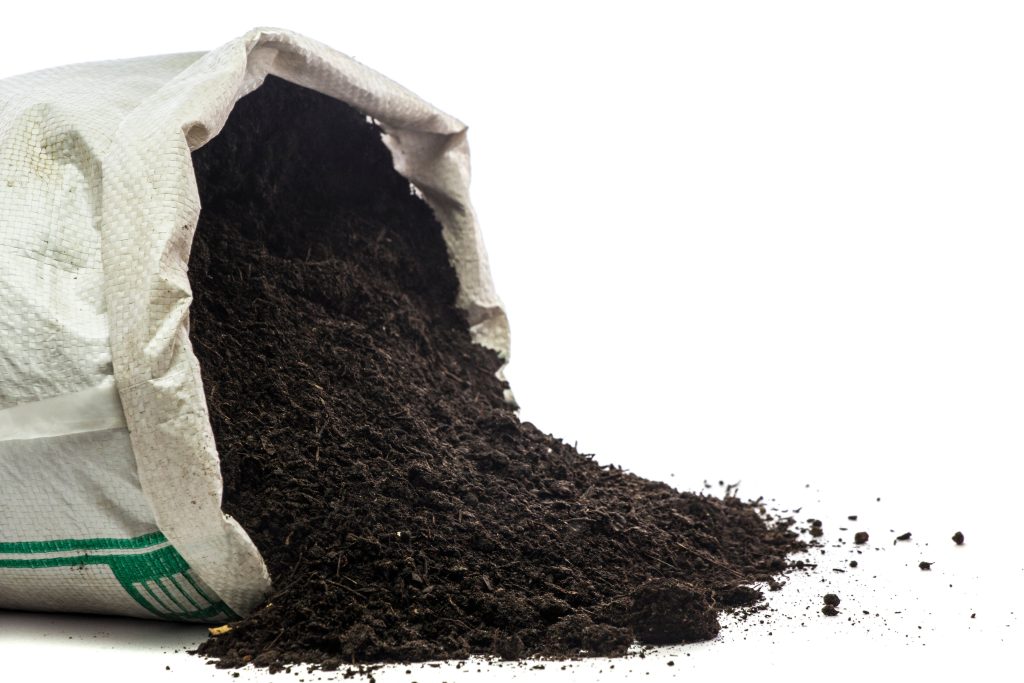
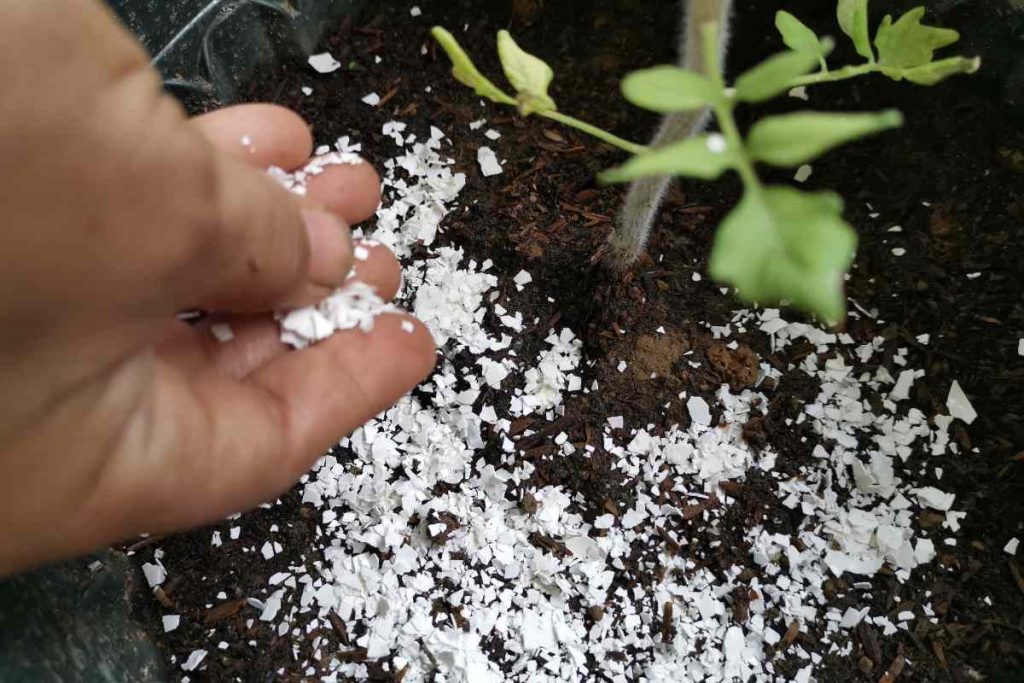
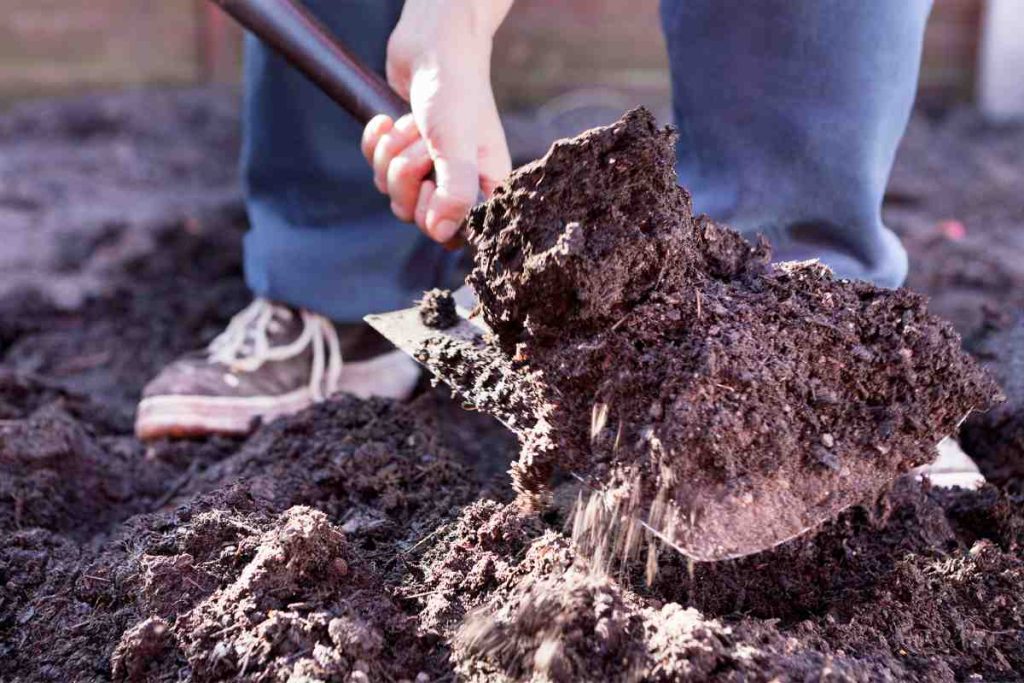
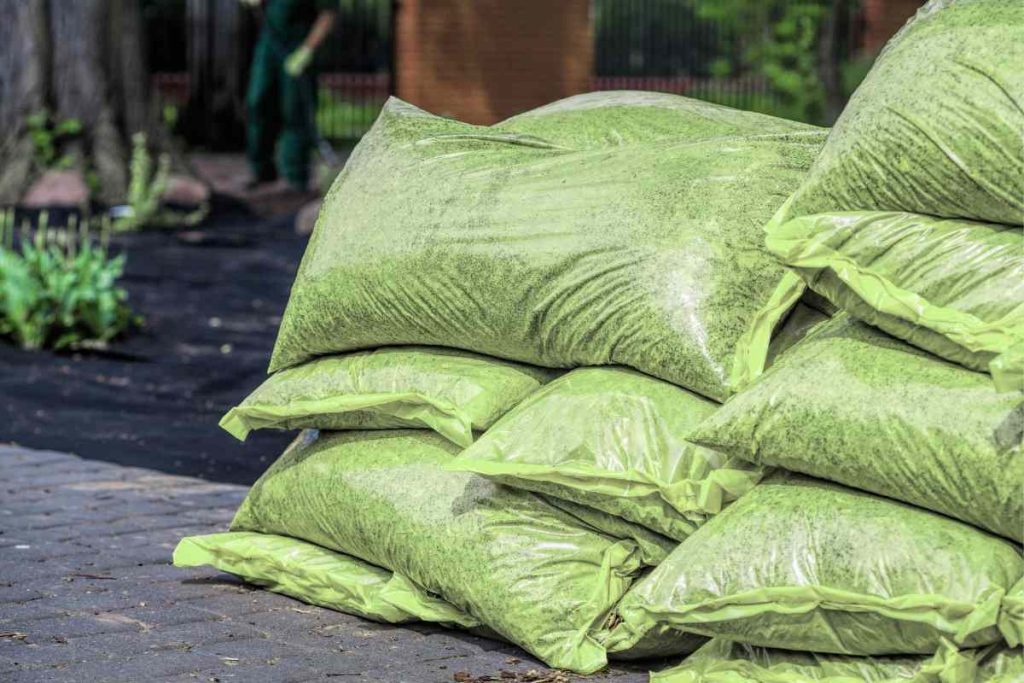
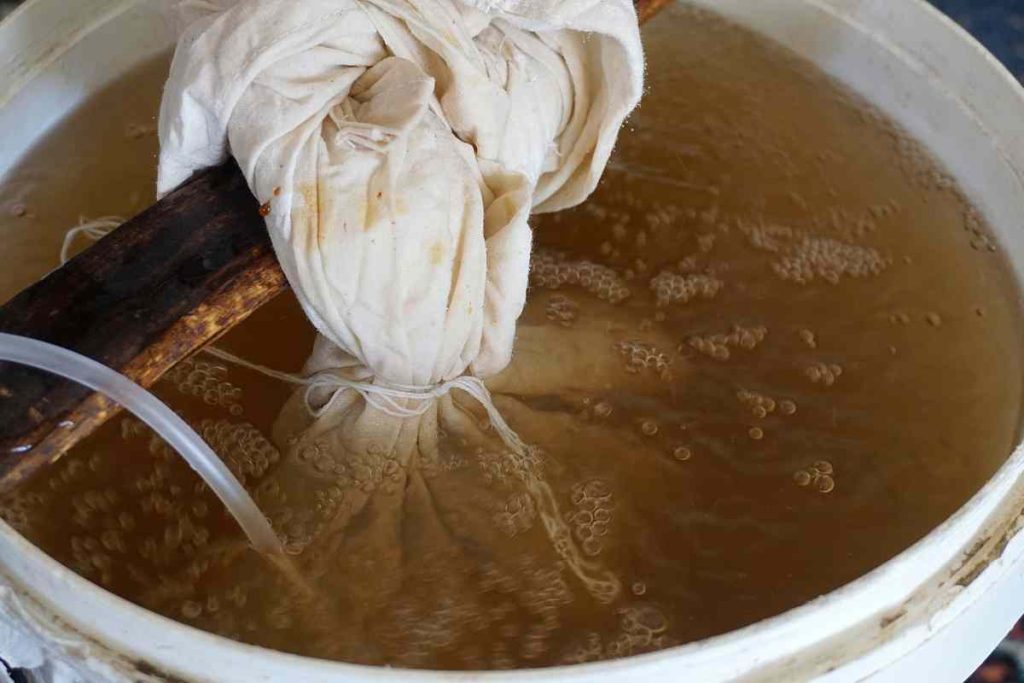
How Much Fertilizer Should I Use?
The amount of fertilizer that you should use in your garden can vary depending on the type of fertilizer and the needs of your plants. Freshly planted perennial roots and bulbs do not need fertilizer when they are planted. Fertilizing starts with established perennials and shrubs. Annuals planted in hanging baskets and flower beds can be fertilized a couple of weeks after planting. Generally speaking, it’s best to start with a low-concentration fertilizer and gradually increase it over time. You do not want to cause fertilizer shock on your plants or burn tender new roots. Start slow and increase if necessary. Always follow the manufacturer’s instructions and check for local regulations to ensure that you’re using fertilizer safely and responsibly. Additionally, make sure to test your soil before applying fertilizer so that you can improve the nutrients needed and ensure its pH level and other important factors are at the right levels for the plants you’ll be growing.
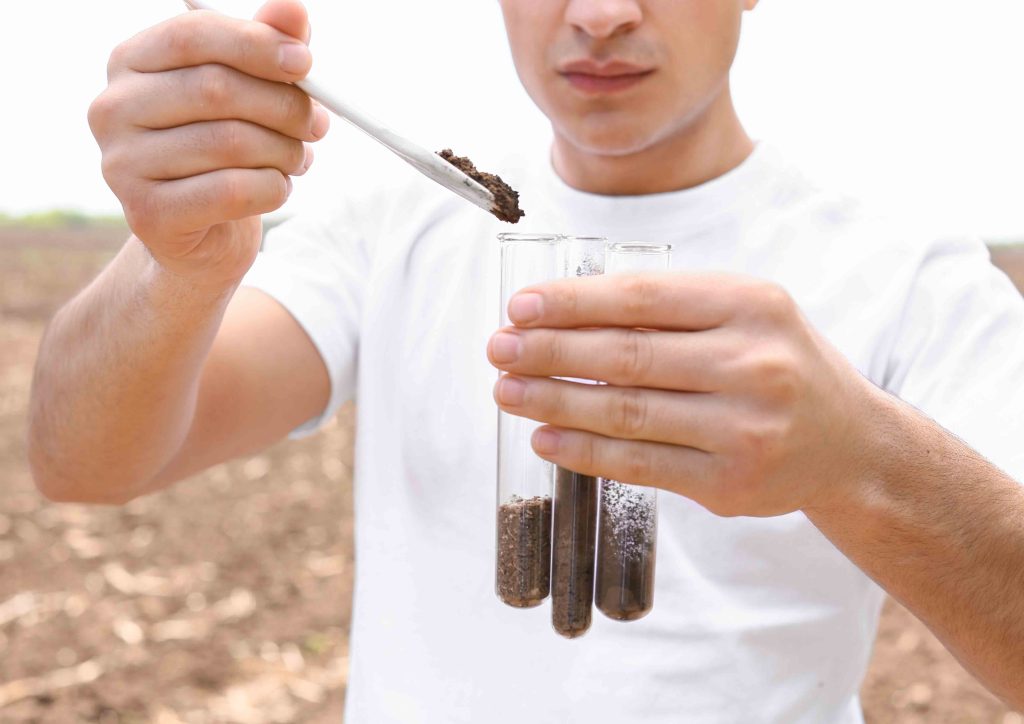
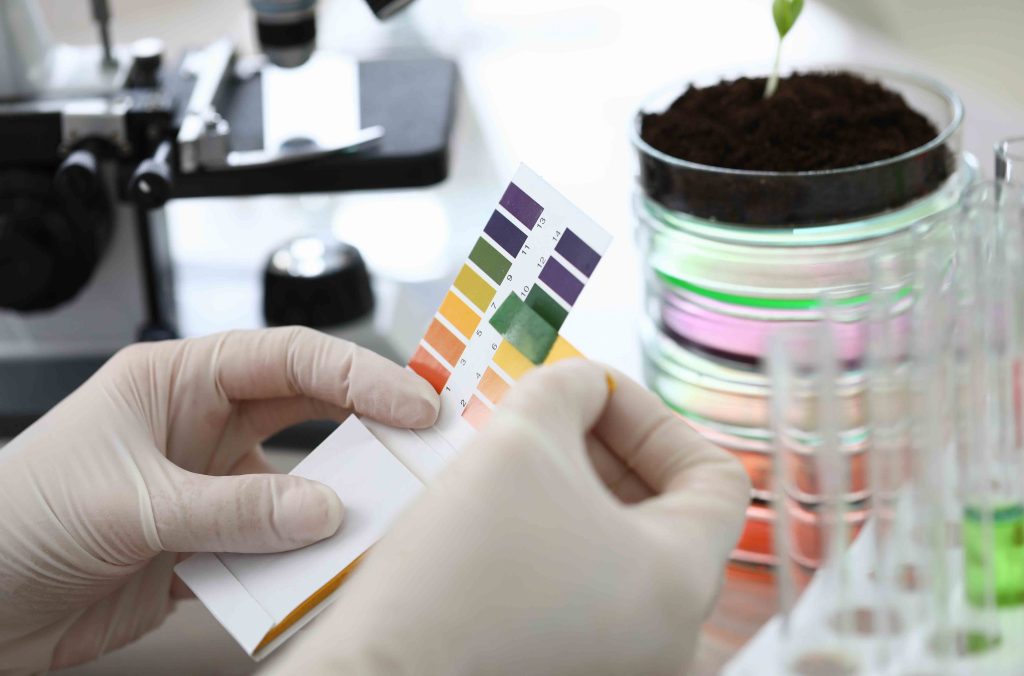
When Should I Use Fertilizer?
While fertilizer can be beneficial for your plants, make sure you use it in correct doses, and at proper times. If you find that the plants in your garden are looking fatigued, if the foliage is discoloured or pale compared to what it should be, fertilizer may be the answer. Fertilizer helps add essential nutrients and elements to the soil, which can assist in stimulating plant growth and leads to healthier plants. Be sure to check with your local garden center for fertilizer recommendations specific to the type of soil you have and the types of plants that you are growing. Additionally, fertilizer should not be used on newly established plants.
When planting your spring bulbs in the fall, the best time to add fertilizer to your garden is in spring after the last frost of the winter season. Applying fertilizer during this time gives your plants the boost they need at the beginning of the growing season. When fertilizing vegetables, fruit, hanging baskets, and bedding plants, they benefit from a combination of slow-release fertilizers and liquid fertilizers. Feeding them throughout their growing season (approximately every 3 weeks) is best. This will increase the productivity of your vegetable plants and increase your summer harvest! Make sure to avoid fertilizing new plants, as their roots are not yet established. First, allow your plants to establish themselves in the garden, allowing them to have time to grow strong roots. You don’t want your plants to lack a strong foundation of roots due to a premature dependency on fertilizer. Early fertilizing can also burn the roots of your new plants and cause growth irregularities.
Choosing the correct time of day to fertilize is also important. For repeated fertilization of vegetables during the summer, make sure to fertilize during the coolest part of the day. For granular formulas, the best time of day is to fertilize when you are watering in order to break down the fertilizer and aid it in being absorbed into the plant’s roots. Always apply fertilizer to moist soil and gently rinse the foliage and bloom, if it encounters it. The goal is to get the fertilizer into the soil where it can be used by the plant. When applying the fertilizer, whether chemical or organic, be sure to apply it to the root dripline and not the base of the stem, where rot can happen.

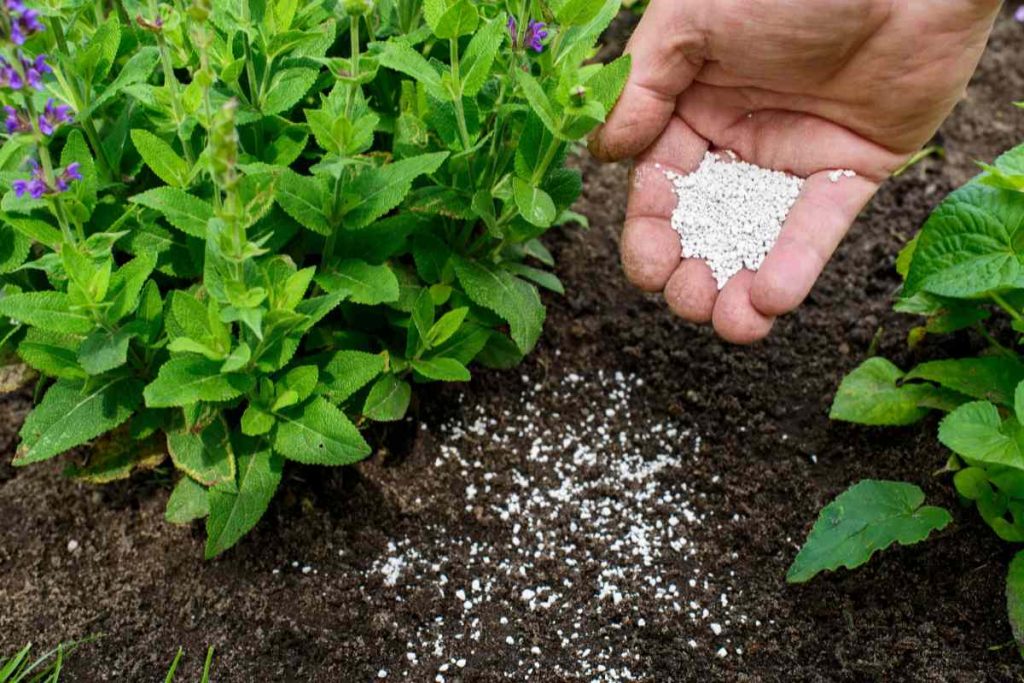
When Should I Stop Fertilizing?
When plants are getting ready to go dormant, giving them a dose of fertilizer sends the wrong signal, as they will want to get growing. We recommend mid-August is an ideal time to stop fertilizing roses, summer bulbs, and perennials in your garden.
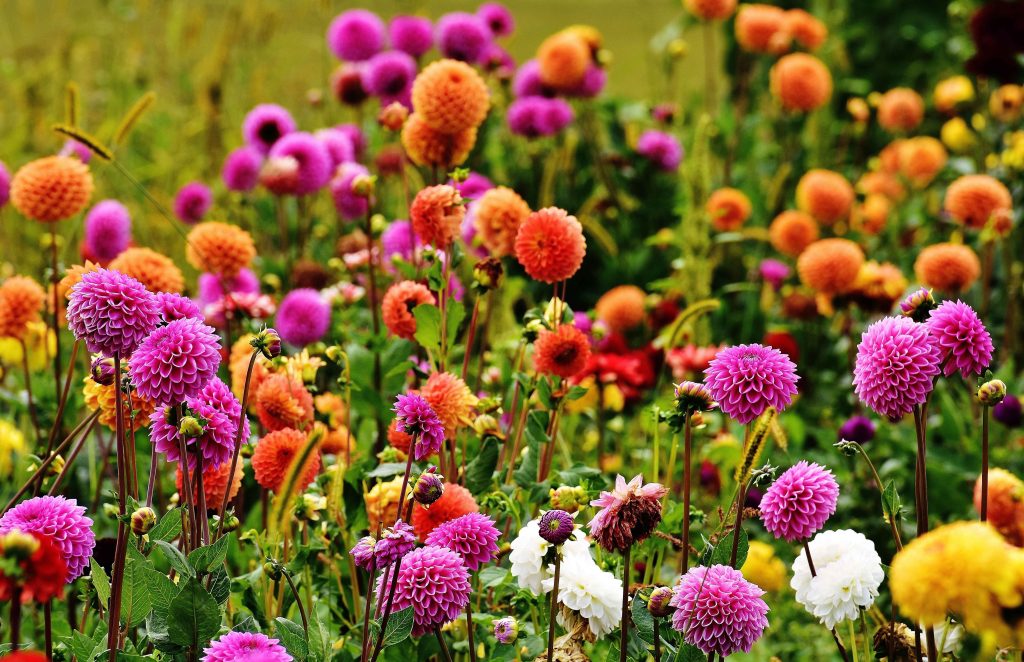

Understanding Fertilizer Numbers
What do fertilizer numbers mean? This is a very common question when it comes to choosing the right fertilizer. When selecting chemical fertilizers at the garden store, products will be labeled with numbers, such as 10-10-10. These fertilizer numbers correspond with the ratio of the nutrients within the fertilizer: Nitrogen, Phosphorus, and Potassium (NPK ratio). 10-10-10 fertilizer would then be a balanced fertilizer of all three materials. (10% of each, with the remainder being other minerals and a binding agent). Each ingredient plays a part in the growth and production of your plants. When thinking about which fertilizer to use, remember the phrase “Up, down, and all around” in the order of the three different materials, NPK. Nitrogen, Phosphorus, Potassium.
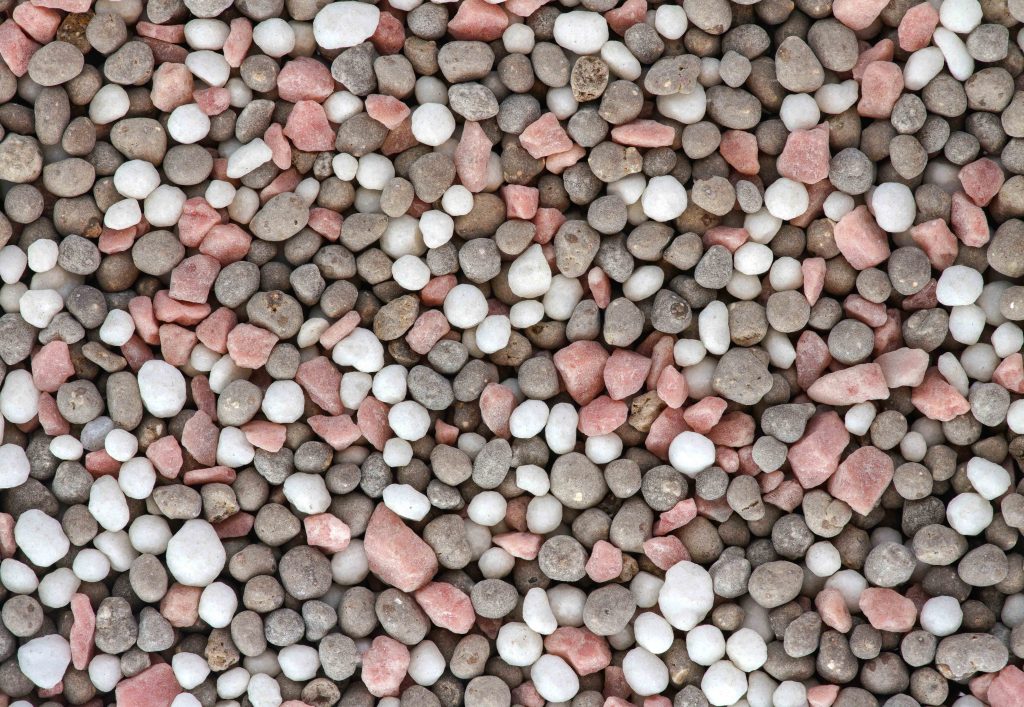
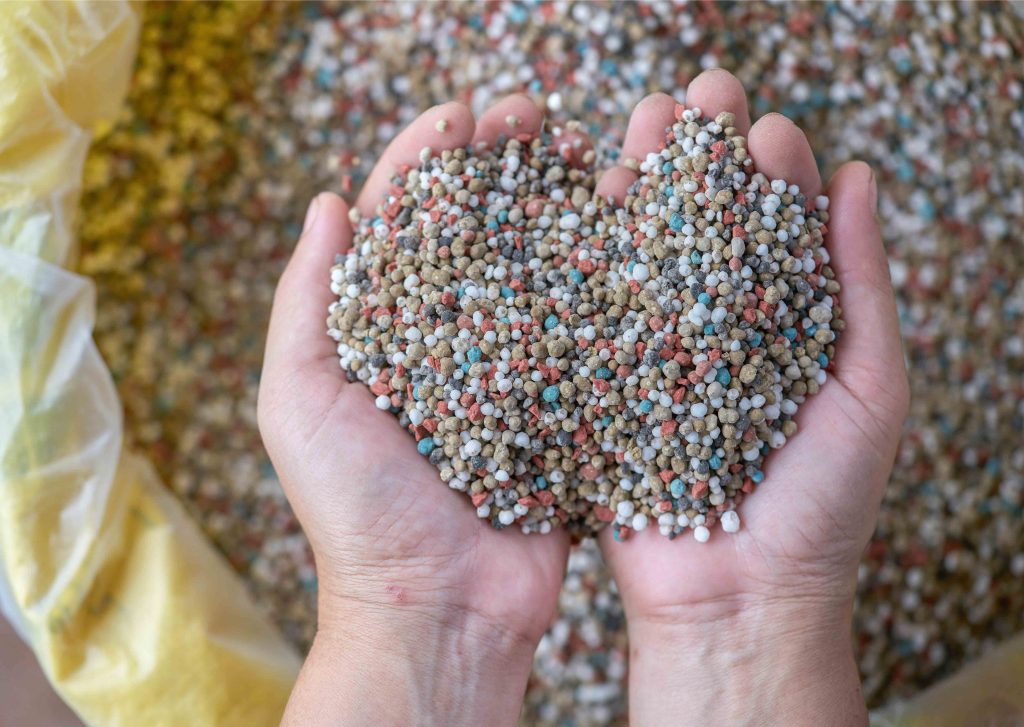
Nitrogen is the ingredient that gives plants the nutrition to grow up above the ground. It promotes the growth of green, leafy foliage. Nitrogen is also the ingredient necessary to grow a nice, lush lawn. Phosphorous helps the plant establish itself down into the grown, creating a good root system that will subsequently aid in the formation of blooms and fruit. Fertilizers that are meant for flower production, and for establishing a new lawn will have a higher phosphorus number. Potassium is involved with the plant’s all-around health. It is the ingredient used to build up the cells and strengthen the plant’s resiliency.
When using organic fertilizers, there isn’t a label to know the exact NPK. Higher nitrogen providers are blood meal, fish emulsion, and seaweed extract, higher concentrations of phosphorus can be found in bone meal and rock phosphate, and potassium is more prominent than the other two in greensand and sulfate of potash. Three of the most common manures are mushroom (1-1-1), cow (0.25-0.15-.25), and chicken (1.1-0.8-0.5). Remember to only use well-rotted manure on plants.
Which Fertilizer is Right for Me?
So, which fertilizer should you use? To stimulate the growth of your plants, choose a fertilizer with a higher nitrogen value. However, if you are looking for an increase in bloom production, find a fertilizer with a higher phosphorus value. When deciding between organic and chemical fertilizers, there is not one that is better than the other. Plants cannot tell the difference between chemical and organic fertilizers. It comes down to personal preference. If you are questioning which chemical fertilizer to buy, there are also fertilizers labeled especially for different plants you are growing. There are fertilizers specially marked for growing roses, vegetables, and flower gardens. If in doubt, ask the staff at your local garden centre, or contact us and we will be happy to assist.



Donna
Excellent information delivered in an easy to understand format!